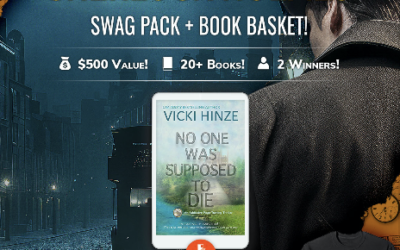WARNING: This is a no-edit zone…
There’s a lot of conflicting information out there on the difference between a Synopsis and an Outline. Many writers, particularly those in the early stages of their careers, find this confusing. So what is the difference?The short answer: A Synopsis is an Overview of the entire story from beginning to end. An Outline is a breakdown of the novel from beginning to end by chapter and scene.Let’s explore both a bit.
THE SYNOPSIS:A decent rule of thumb is 1 page of synopsis for every 10,000 words of manuscript. That’s a guide, not set in stone. If you’re smart, you’ll find out what length synopsis the editor you’re targeting prefers. Some like 1-2 pages, others want 25. So they’re all over the board on preferences.In the synopsis, you don’t get into deep details; again, it’s an overview. You do want to focus on character and conflict, and establish the setting and tone of the novel by writing the synopsis in the same style. Now, on character, you must show that characters’ goals and motivations. This is how you will, at the end of the synopsis, show that they have changed as a direct result of what they’ve experienced during the course of the novel. That character growth is what the editor/agent is looking for—to see if it’s logical, rational, and believable—as a result of the story events. Those story events should be as a result of the characters’ motivations and goals. That establishes their conflicts. Your main characters should have internal and external conflicts. These should be evident in the synopsis by what the character encounters in story events and how the character emotionally/physically/spiritually reacts to those events. Again, this is an overview of the novel. It always—even if you’ve done chapters to send along with it—starts at the beginning and progresses through to the end of the story holding all the key pivotal points in the novel.
THE OUTLINE:This is not an overview document, but an explicit one that breaks the book down chapter-by-chapter and scene-by-scene. Consequently, it is usually much longer than the synopsis. Here, you establish the events and rational (goals, motivations, and conflicts) of each scene and the scene resolution. (Note: There’s an article on the Elements of a Scene that could be helpful in the Writers’ Aids Library.)Scene resolution is NOT conflict resolution. Let’s say the goal of the scene is to find out if a person has information on the major conflict of the story. In that scene, the characters interact and the scene concludes. The resolution of that scene is either the character wanting the major conflict information got it, didn’t get it, or still doesn’t know if the other character has the information. The scene, not the conflict, resolved.So in an outline, you work through the scenes, again including from the beginning of the book all the way through to the end, providing more detailed information on each scenes’ content. (Which of course, includes goals, motivation, conflicts–internal and external.)Now do agents or editors use the terms interchangeably? Seldom. Do Agents or editors ever ask for both a synopsis and an outline? On occasion, yes. And when they do, they are after both the overview synopsis and the detailed outline.
Blessings,
Vicki
Vicki Hinze
©2003
Vicki Hinze
Writing: www.vickihinze.com
Talk Shows: www.everydaywoman.com
Special Projects site




